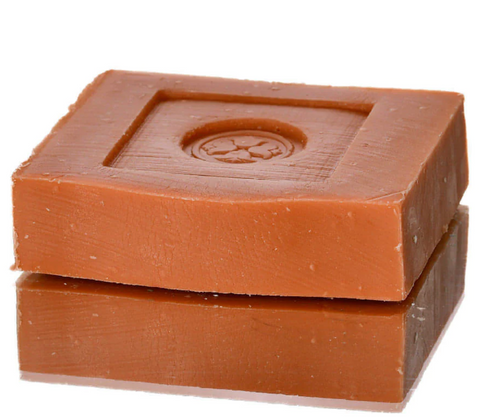Castor Oil Moisturizes, Cleanses, and Prevents Bacteria and Fungus.

Castor oil is a vegetable oil extracted from the seeds of the castor bean plant (Ricinus communis). It has been used for various purposes, including skincare, for centuries. Let's analyze the components and potential benefits of castor oil for human facial skin:
1. Ricinoleic Acid (around 85-95% of castor oil's composition):
Benefits:
-
Anti-inflammatory: Ricinoleic acid is known for its potent anti-inflammatory properties. This makes castor oil effective for reducing skin redness, swelling, and pain. Conditions such as acne, dermatitis, or simply irritated skin can benefit from the anti-inflammatory effects of this fatty acid.
-
Moisturization: Ricinoleic acid acts as a humectant, drawing moisture from the air and trapping it close to the skin's surface. This property can be especially beneficial for those with dry skin.
-
Antimicrobial: Some research indicates that ricinoleic acid has antimicrobial properties, making castor oil useful in combatting bacterial infections on the skin.
-
Enhances Absorption: The unique structure of ricinoleic acid enhances the penetration of other ingredients into the skin. This makes castor oil a good carrier oil for essential oils or actives in skincare formulations.
2. Oleic Acid (a smaller percentage of castor oil's composition):
Benefits:
-
Moisturization: Like ricinoleic acid, oleic acid helps to moisturize the skin, keeping it supple and soft.
-
Restores Skin Barrier: Oleic acid can aid in the restoration of the skin's natural barrier, especially beneficial for conditions like eczema.
Benefits:
-
Skin Barrier Strengthening: Linoleic acid helps in strengthening the skin's lipid barrier, ensuring hydration is retained.
-
Acne Prevention: There's evidence to suggest that individuals with acne-prone skin have lower levels of linoleic acid in their sebum, so topical application can potentially help in acne management.
4. Stearic Acid and Palmitic Acid:
Benefits:
-
Emollient Properties: Both stearic and palmitic acids act as emollients, providing a smooth and soft texture to the skin. They can help in locking in moisture and provide a protective barrier against environmental aggressors.
-
Cleansing: In various formulations, these fatty acids can help remove dirt, sweat, and excess sebum from the skin.
5. Dihydroxystearic Acid (found in trace amounts):
Benefits:
- Stabilizing Properties: While not directly benefiting the skin, dihydroxystearic acid can act as an emulsifier, helping water and oil mixtures stay combined in skincare formulations.
In conclusion, while ricinoleic acid is the dominant player in castor oil, giving the oil most of its unique properties, the other fatty acids also contribute to its overall effectiveness in skincare. The combined benefits of these fatty acids make castor oil a multifaceted tool in promoting skin health and addressing various skin concerns. However, it's always essential to patch-test any new product or ingredient on a small skin area to ensure no adverse reactions.




